Laundry tips and tricks – who doesn’t need them? Let’s be honest, laundry is one of those chores that never truly ends. It’s a constant cycle of washing, drying, folding, and repeating! But what if I told you there are ways to make this never-ending task easier, faster, and even more effective?
For generations, people have been passing down laundry wisdom, from ancient methods of using natural detergents like soapberries to the modern marvels of high-efficiency washing machines. The quest for cleaner, fresher clothes is a timeless one, deeply woven into the fabric of our daily lives (pun intended!).
In today’s busy world, time is precious. We’re all looking for ways to streamline our routines and free up more moments for the things we truly enjoy. That’s where these DIY laundry tips and tricks come in. I’m going to share some of my favorite hacks that will not only save you time and money but also help you achieve laundry perfection. From stain removal secrets to folding techniques that will revolutionize your linen closet, get ready to transform your laundry game!
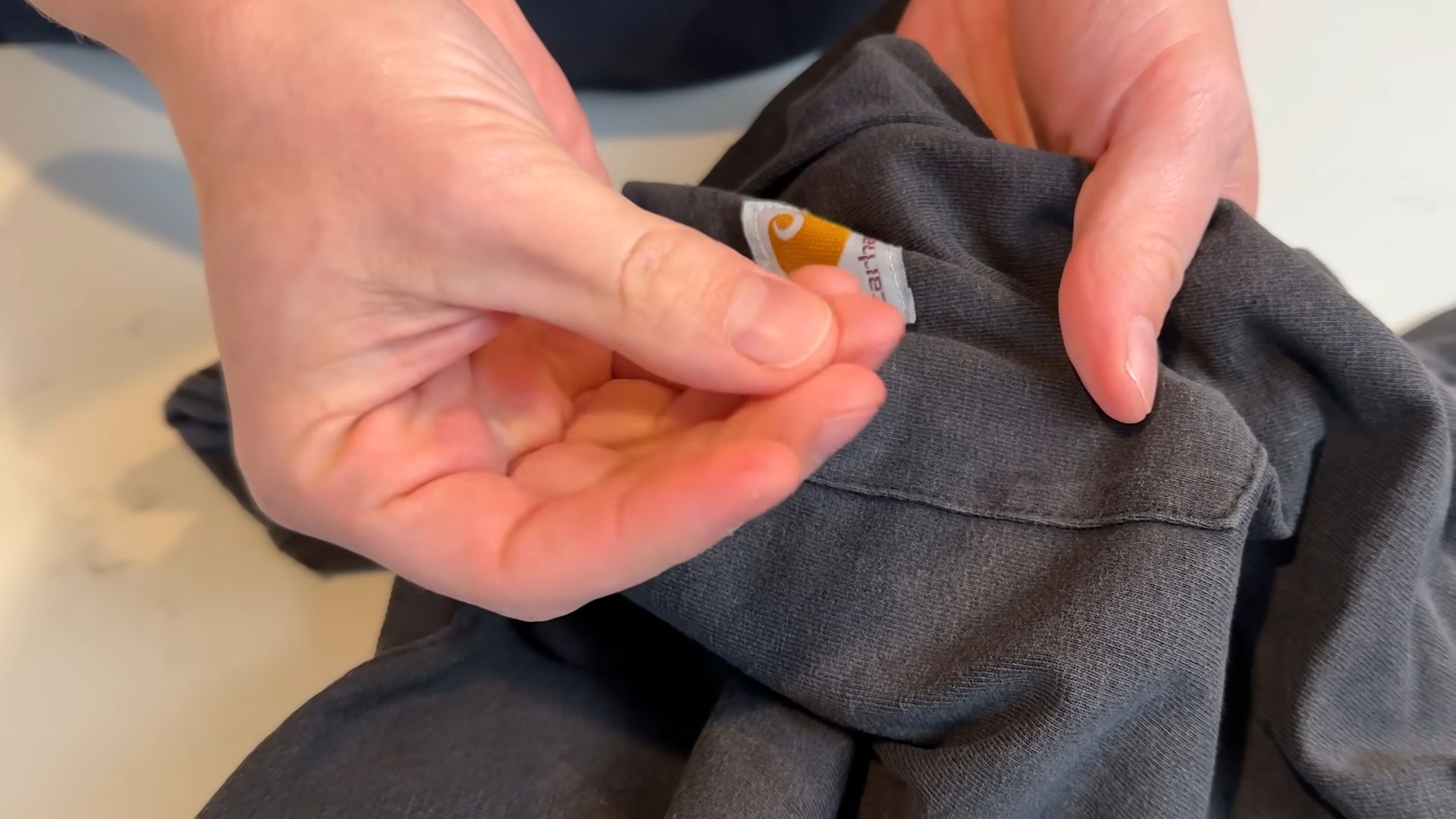
DIY Laundry Hacks: Making Laundry Day a Breeze!
Hey there, fellow laundry warriors! Let’s face it, laundry isn’t exactly anyone’s favorite chore. But what if I told you there are some super simple DIY hacks that can make laundry day less of a drag and maybe even a little… dare I say… enjoyable? I’ve compiled some of my favorite tips and tricks that I’ve learned over the years, and I’m excited to share them with you. Get ready to level up your laundry game!
Hack 1: Homemade Laundry Detergent
Store-bought laundry detergent can be expensive, and sometimes it’s packed with chemicals you might not want near your clothes (or your skin!). Making your own is surprisingly easy, cost-effective, and you can customize it to your liking.
What You’ll Need:
* 1 cup Washing Soda (Sodium Carbonate)
* 1 cup Borax (Sodium Borate)
* 1 bar of Soap (like Fels-Naptha, Zote, or castile soap), grated
* Large container for mixing and storage
Step-by-Step Instructions:
1. Grate the Soap: This is probably the most “laborious” part, but it’s still pretty easy. Use a cheese grater to finely grate the bar of soap. The finer the better, as it will dissolve more easily in the wash. I usually use a food processor with a grating attachment to speed things up.
2. Combine Ingredients: In your large container, combine the grated soap, washing soda, and borax.
3. Mix Thoroughly: Use a spoon or whisk to mix all the ingredients together until they are well combined. Make sure there are no large clumps of soap.
4. Store Properly: Store your homemade laundry detergent in an airtight container in a cool, dry place.
5. Usage: Use 1-2 tablespoons per load of laundry, depending on the size and soil level. For heavily soiled clothes, you can use a little more.
Why this works: Washing soda helps to soften the water and remove dirt and grease. Borax acts as a natural booster and helps to brighten clothes. The soap provides the cleaning power.
Hack 2: DIY Fabric Softener
Commercial fabric softeners can leave a residue on your clothes and in your washing machine. Plus, they often contain harsh chemicals and artificial fragrances. Here’s a natural alternative that will leave your clothes soft and smelling fresh.
What You’ll Need:
* White Vinegar
* Essential Oils (optional, for fragrance)
* Empty fabric softener dispenser or a measuring cup
Step-by-Step Instructions:
1. Prepare the Vinegar: Pour white vinegar into your fabric softener dispenser or a measuring cup.
2. Add Essential Oils (Optional): If you want to add a fragrance, add a few drops (10-20) of your favorite essential oil to the vinegar. Lavender, lemon, and eucalyptus are great choices.
3. Use in the Wash: Pour the vinegar mixture into your washing machine’s fabric softener dispenser during the rinse cycle. If your machine doesn’t have a dispenser, add it directly to the drum during the rinse cycle.
4. Enjoy Soft Clothes: Your clothes will come out soft and fresh, without any chemical residue.
Why this works: Vinegar helps to soften fabrics by neutralizing the alkaline residue left by detergent. It also helps to remove odors and brighten colors. Don’t worry, the vinegar smell will dissipate as your clothes dry!
Hack 3: Stain Removal Powerhouse
Stains happen. But don’t despair! Here’s a DIY stain remover that can tackle even the toughest stains.
What You’ll Need:
* 1 part Hydrogen Peroxide (3%)
* 1 part Dish Soap (Dawn is a popular choice)
* Spray bottle
Step-by-Step Instructions:
1. Mix the Solution: In a spray bottle, combine equal parts hydrogen peroxide and dish soap.
2. Apply to Stain: Spray the solution directly onto the stain.
3. Let it Sit: Let the solution sit on the stain for at least 30 minutes, or even longer for stubborn stains.
4. Blot and Wash: Blot the stain with a clean cloth, then wash the garment as usual.
5. Check Before Drying: Before putting the garment in the dryer, make sure the stain is completely gone. If not, repeat the process.
Important Note: Always test this solution on an inconspicuous area of the fabric first to make sure it doesn’t cause any discoloration. This is especially important for colored fabrics.
Why this works: Hydrogen peroxide is a mild bleaching agent that helps to lift stains. Dish soap helps to break down grease and oil.
Hack 4: Brighten Whites Naturally
Want to keep your whites looking bright without using harsh bleach? Here’s a natural way to brighten them up.
What You’ll Need:
* Lemon Juice
* Sunlight
Step-by-Step Instructions:
1. Soak in Lemon Juice: Soak your white clothes in a solution of lemon juice and water for at least an hour. For heavily soiled clothes, you can add a cup of baking soda to the soaking solution.
2. Wash as Usual: Wash the clothes as usual.
3. Sun Dry: Hang the clothes outside to dry in the sun. The sun’s rays will naturally bleach and brighten the fabric.
Why this works: Lemon juice contains citric acid, which is a natural bleaching agent. Sunlight also helps to brighten clothes.
Hack 5: Speed Up Drying Time
Tired of waiting forever for your clothes to dry? Here are a few tricks to speed up the process.
What You’ll Need:
* Dry Towel
* Wool Dryer Balls (optional)
Step-by-Step Instructions:
1. Add a Dry Towel: Toss a clean, dry towel into the dryer with your wet clothes. The towel will absorb moisture and help to speed up the drying process. Remove the towel after about 15 minutes.
2. Use Wool Dryer Balls: Wool dryer balls help to separate clothes and improve air circulation in the dryer. They also help to reduce static cling.
3. Clean the Lint Trap: A clogged lint trap can restrict airflow and slow down drying time. Make sure to clean the lint trap before each load.
4. Don’t Overload the Dryer: Overloading the dryer can prevent clothes from drying properly. Dry smaller loads for faster results.
Why this works: The dry towel absorbs moisture, the dryer balls improve air circulation, a clean lint trap ensures proper airflow, and smaller loads allow for better drying.
Hack 6: Get Rid of Musty Smells
Sometimes, clothes can develop a musty smell, especially if they’ve been left in the washing machine for too long. Here’s how to get rid of that unpleasant odor.
What You’ll Need:
* Baking Soda
* White Vinegar
Step-by-Step Instructions:
1. Re-wash with Baking Soda: Re-wash the clothes with 1 cup of baking soda added to the washing machine. Do not add any detergent.
2. Re-wash with Vinegar: After the baking soda cycle, re-wash the clothes again with 1 cup of white vinegar. Again, do not add any detergent.
3. Dry Thoroughly: Dry the clothes thoroughly, preferably in the sun.
Why this works: Baking soda helps to absorb odors, while vinegar helps to neutralize them.
Hack 7: Preventing Color Bleeding
Ever had a favorite red shirt turn everything pink? Color bleeding is a common laundry problem, but here’s how to prevent it.
What You’ll Need:
* Color Catcher Sheets
* Cold Water
Step-by-Step Instructions:
1. Wash in Cold Water: Always wash new, brightly colored clothes in cold water to prevent color bleeding.
2. Use Color Catcher Sheets: Add a color catcher sheet to the washing machine. These sheets absorb any dye that bleeds out of the clothes, preventing it from transferring to other items.
3. Wash Similar Colors Together: Wash similar colors together to minimize the risk of color bleeding.
Why this works: Cold water helps to prevent dye from releasing from the fabric. Color catcher sheets absorb any dye that does bleed out.
Hack 8: Removing Pet Hair
If you have pets, you know how challenging it can be to remove pet hair from clothes. Here’s a simple trick that really works.
What You’ll Need:
* Rubber Gloves
* Dryer Sheets
Step-by-Step Instructions:
1. Use Rubber Gloves: Put on a pair of rubber gloves and run your hands over the clothes to pick up
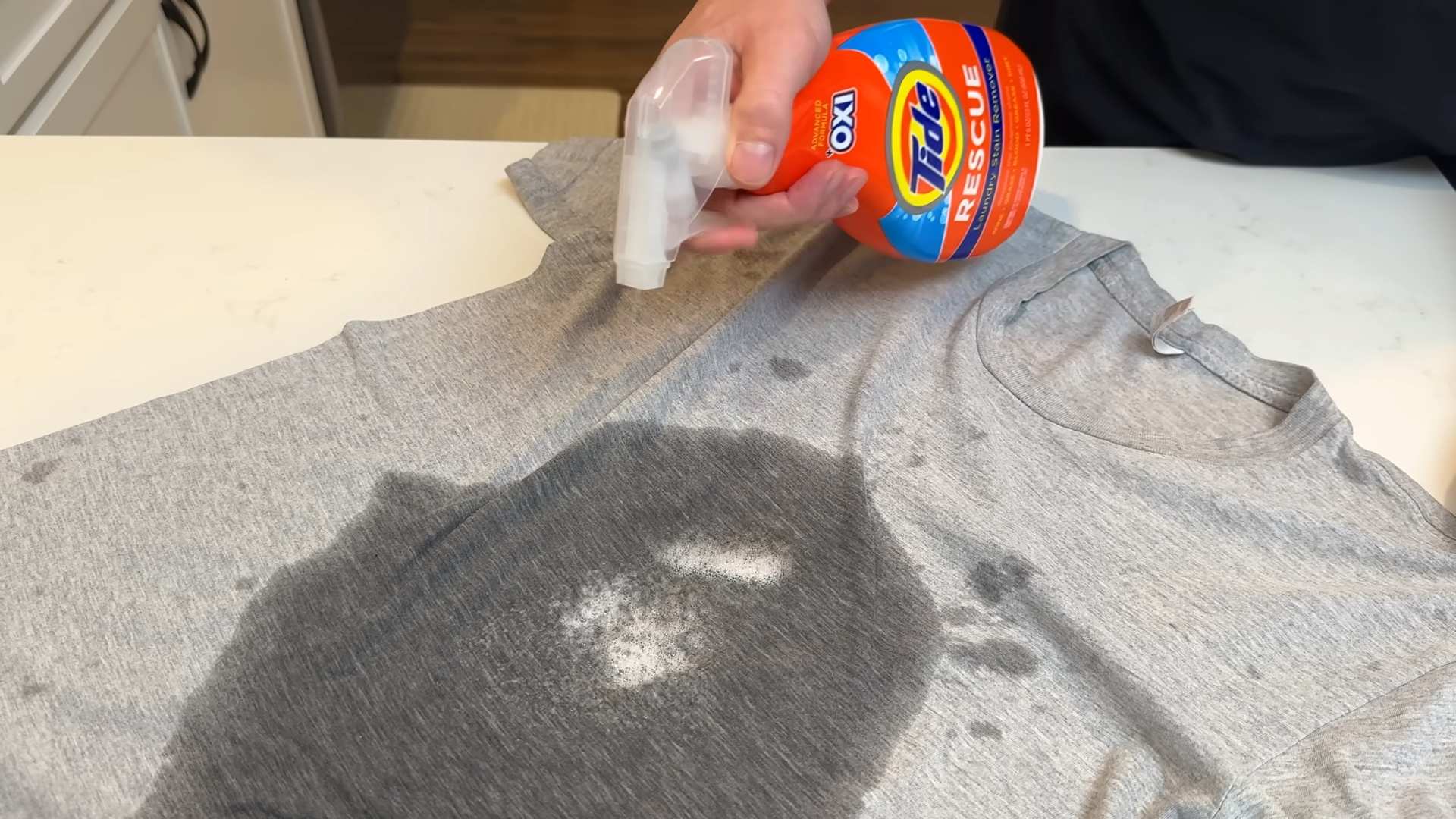
Conclusion
So, there you have it! Mastering these simple yet effective DIY laundry tricks can truly revolutionize your laundry routine. We’ve explored how to tackle common laundry woes with readily available household items, saving you money and reducing your reliance on harsh chemicals. From brightening whites with lemon juice to softening fabrics with vinegar, these methods are not only eco-friendly but also surprisingly powerful.
Why is this a must-try? Because it’s about more than just clean clothes. It’s about taking control of your laundry process, understanding the ingredients you’re using, and creating a more sustainable and budget-friendly lifestyle. Imagine the satisfaction of knowing you’re achieving sparkling clean laundry without contributing to environmental pollution or breaking the bank.
But the beauty of these DIY laundry tricks lies in their adaptability. Feel free to experiment with different essential oils for added fragrance – lavender for relaxation, citrus for a burst of freshness, or tea tree for its antibacterial properties. You can also adjust the quantities of ingredients based on the size of your laundry load and the severity of the stains. For instance, if you’re dealing with particularly stubborn stains, consider pre-soaking the garment in a solution of baking soda and water before washing.
Another variation to consider is using oxygen bleach (sodium percarbonate) for brightening whites. It’s a gentler alternative to chlorine bleach and is safe for colored fabrics. Simply add a scoop to your washing machine along with your regular detergent.
Don’t be afraid to get creative and personalize these techniques to suit your specific needs and preferences. The possibilities are endless!
We wholeheartedly encourage you to try these DIY laundry tricks and experience the difference for yourself. You’ll be amazed at how easy and effective they are. And most importantly, we want to hear about your experiences! Share your tips, variations, and success stories in the comments below. Let’s build a community of savvy laundry enthusiasts who are passionate about clean clothes and a cleaner planet. Let us know which of these **laundry tips and tricks** worked best for you, or if you have any other amazing DIY solutions to share. Your insights could help others discover new and innovative ways to tackle their laundry challenges. Together, we can make laundry day a little less daunting and a lot more rewarding. So, go ahead, give it a try, and let us know what you think! We are confident that you will find these tips to be invaluable in your journey to laundry mastery.
Frequently Asked Questions (FAQ)
Q: Are these DIY laundry tricks safe for all types of fabrics?
A: While most of these tricks are generally safe for a wide range of fabrics, it’s always a good idea to test them on a small, inconspicuous area first, especially for delicate fabrics like silk or wool. Avoid using harsh ingredients like bleach on these materials. When in doubt, consult the garment’s care label for specific instructions. For example, vinegar, while generally safe, can potentially damage certain synthetic fabrics over time with repeated use. Always dilute vinegar properly and avoid using it on elastic or spandex, as it can break down the fibers. Lemon juice, due to its acidity, should also be used with caution on delicate fabrics and dark colors, as it may cause fading.
Q: How much of each ingredient should I use?
A: The amount of each ingredient will vary depending on the size of your laundry load and the severity of the stains or odors. As a general guideline, start with smaller amounts and increase as needed. For example, for a standard load of laundry, you can use about 1/2 cup of vinegar as a fabric softener or 1/4 cup of baking soda to boost your detergent’s cleaning power. For stain removal, you can create a paste of baking soda and water and apply it directly to the stain before washing. Remember to always dilute ingredients properly to avoid damaging your clothes or your washing machine.
Q: Can I use these DIY laundry tricks in a high-efficiency (HE) washing machine?
A: Yes, most of these DIY laundry tricks are safe to use in HE washing machines. However, it’s important to use the correct amount of each ingredient to avoid oversudsing, which can damage your machine. HE washing machines require low-sudsing detergents, so avoid using excessive amounts of baking soda or soap nuts, as they can create too many suds. Vinegar is generally safe to use in HE machines, but avoid using it in the bleach dispenser, as it can react with chlorine bleach and create harmful fumes. Always consult your washing machine’s manual for specific instructions and recommendations.
Q: Will vinegar make my clothes smell like vinegar?
A: No, the vinegar smell will dissipate during the washing and drying process. In fact, vinegar can actually help to neutralize odors in your laundry. If you’re concerned about the smell, you can add a few drops of essential oil to the vinegar before adding it to your washing machine. Lavender, lemon, and eucalyptus are all great options for adding a fresh scent to your laundry.
Q: How do I remove stubborn stains with these DIY methods?
A: For stubborn stains, pre-treating is key. Create a paste of baking soda and water and apply it directly to the stain. Let it sit for at least 30 minutes, or even overnight, before washing. You can also try soaking the garment in a solution of vinegar and water or lemon juice and water. For grease stains, sprinkle cornstarch or baking soda on the stain to absorb the oil before washing. Remember to always check the garment’s care label before attempting any stain removal method.
Q: Are these DIY laundry tricks environmentally friendly?
A: Yes, these DIY laundry tricks are generally more environmentally friendly than using conventional laundry products. They rely on natural ingredients that are biodegradable and less likely to pollute waterways. By reducing your reliance on harsh chemicals, you can help to protect the environment and create a more sustainable laundry routine. Additionally, using DIY methods can help you reduce your consumption of plastic packaging, which is a major source of pollution.
Q: Can I use these tricks to whiten my clothes without bleach?
A: Absolutely! Lemon juice and baking soda are excellent natural alternatives to bleach for whitening clothes. Add 1/2 cup of lemon juice to your washing machine along with your regular detergent, or soak your white clothes in a solution of baking soda and water before washing. Sunlight is also a natural whitener, so hang your clothes outside to dry whenever possible.
Q: What are soap nuts and how do I use them for laundry?
A: Soap nuts are dried fruit shells that contain saponin, a natural surfactant that acts as a detergent. To use soap nuts, place 5-6 nuts in a small cotton bag and toss it into your washing machine along with your clothes. You can reuse the same soap nuts for several loads of laundry until they become soft and gray. Soap nuts are a great eco-friendly alternative to conventional detergents.
Q: Can I use essential oils in my laundry?
A: Yes, essential oils can be a great way to add fragrance and antibacterial properties to your laundry. Add a few drops of your favorite essential oil to your washing machine along with your detergent or vinegar. Lavender, tea tree, and lemon are all popular choices for laundry. However, be sure to use pure essential oils and avoid using synthetic fragrances, as they can contain harmful chemicals. Also, be mindful of potential allergies or sensitivities to certain essential oils.
Q: What if these DIY laundry tricks don’t work for me?
A: While these DIY laundry tricks are effective for many people, they may not work for everyone. The results can vary depending on the type of fabric, the severity of the stains, and the hardness of your water. If you’re not seeing the results you want, try experimenting with different combinations of ingredients or adjusting the quantities. You can also consult a professional dry cleaner for advice on how to remove stubborn stains or clean delicate fabrics. Remember that patience and persistence are key when it comes to DIY laundry.

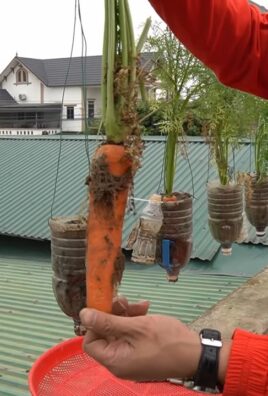
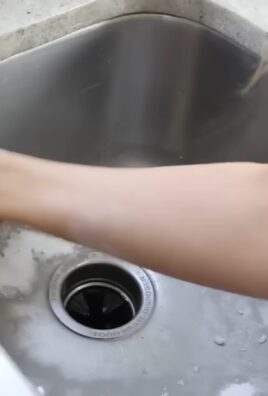
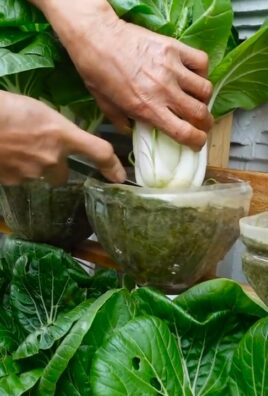
Leave a Comment